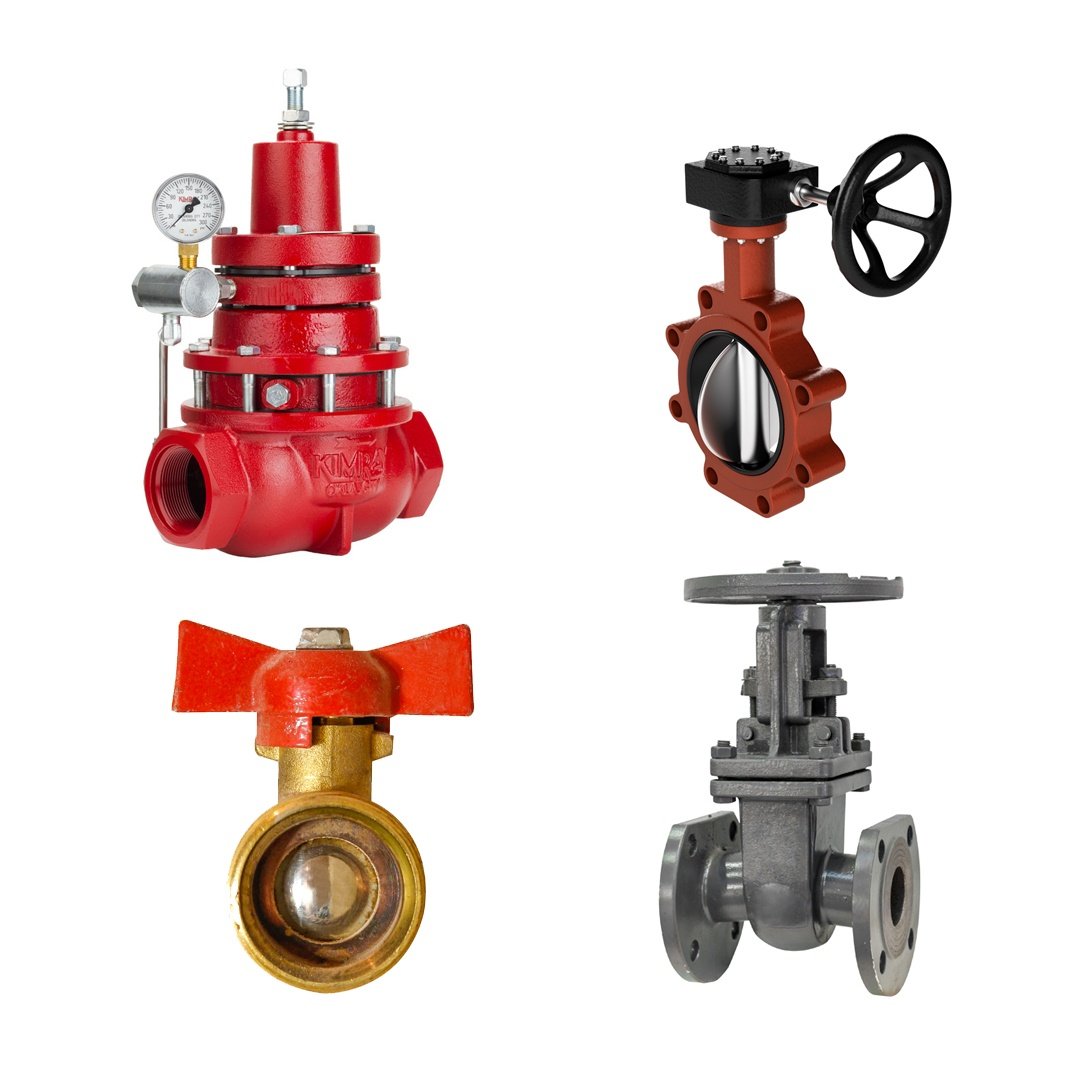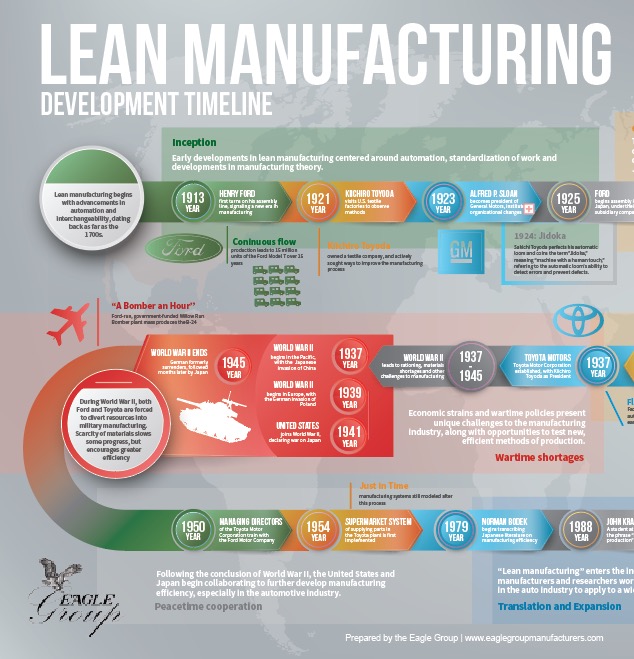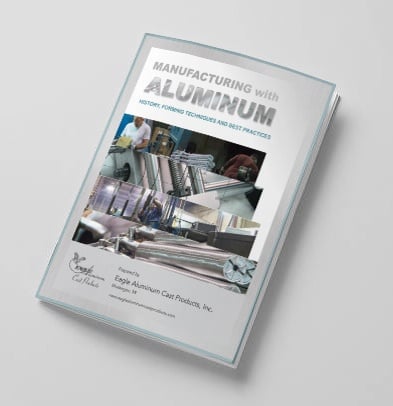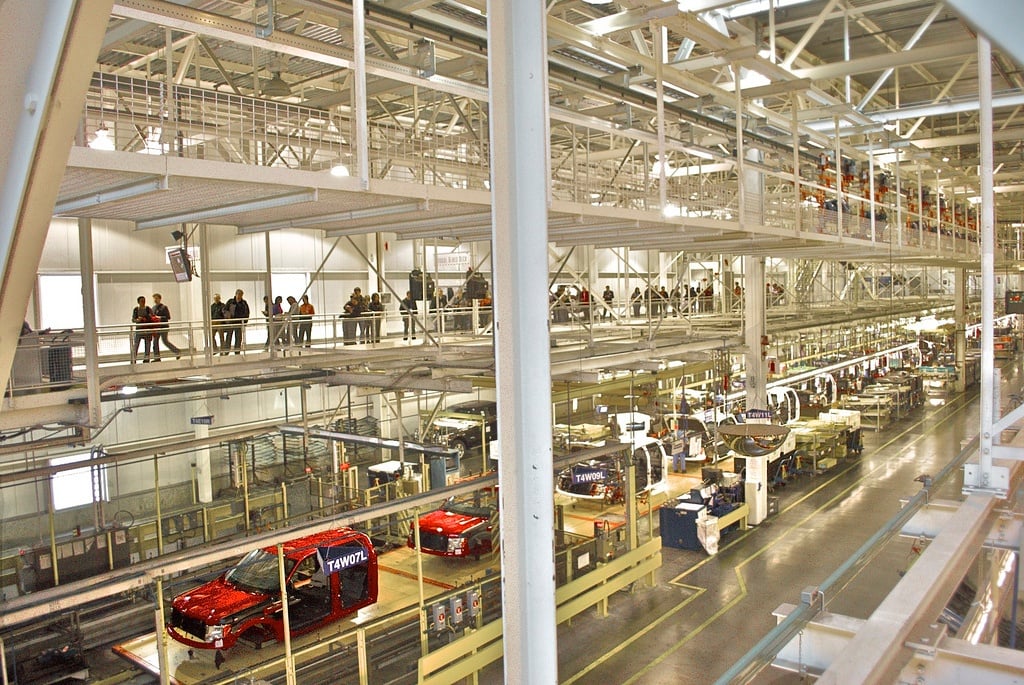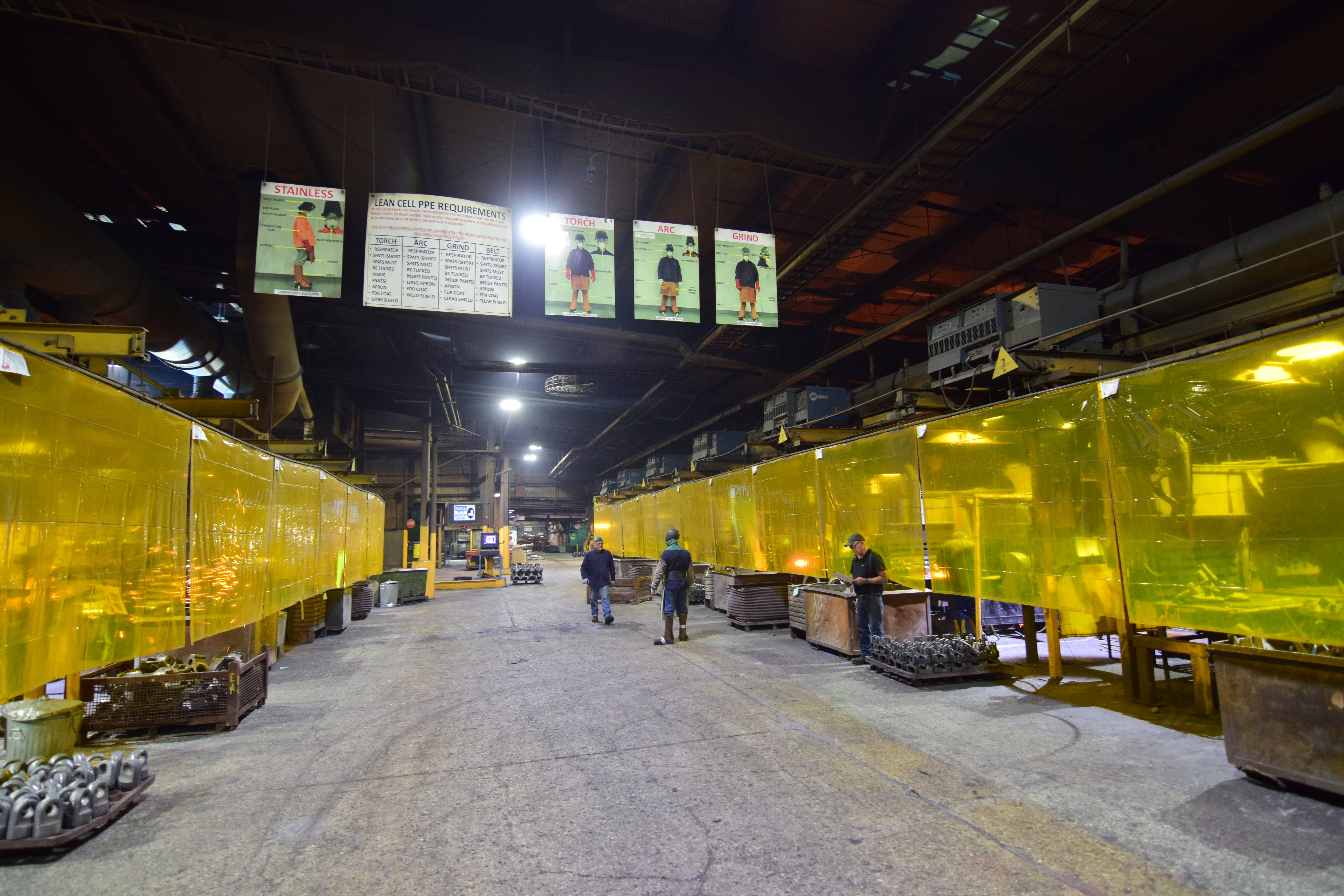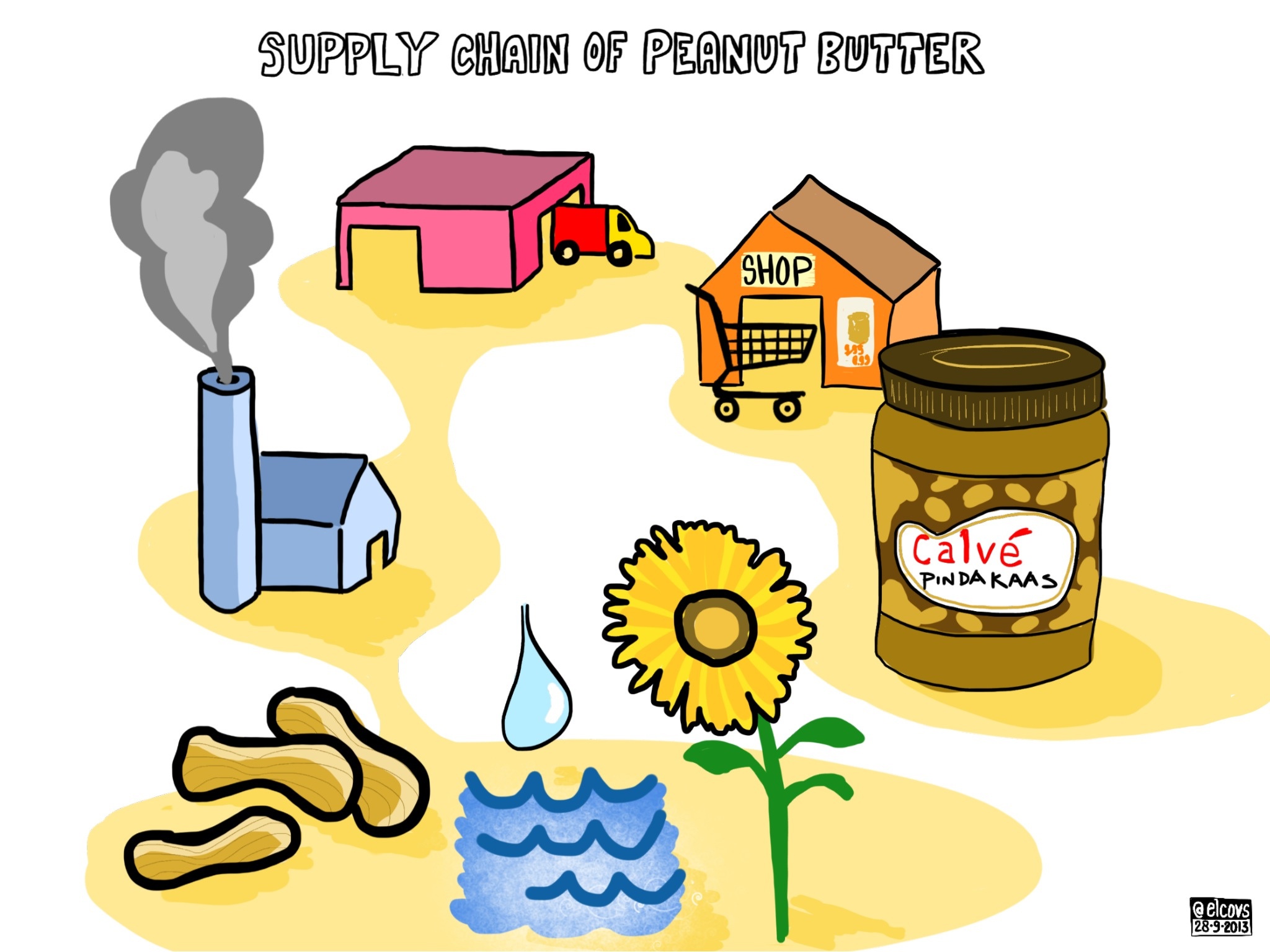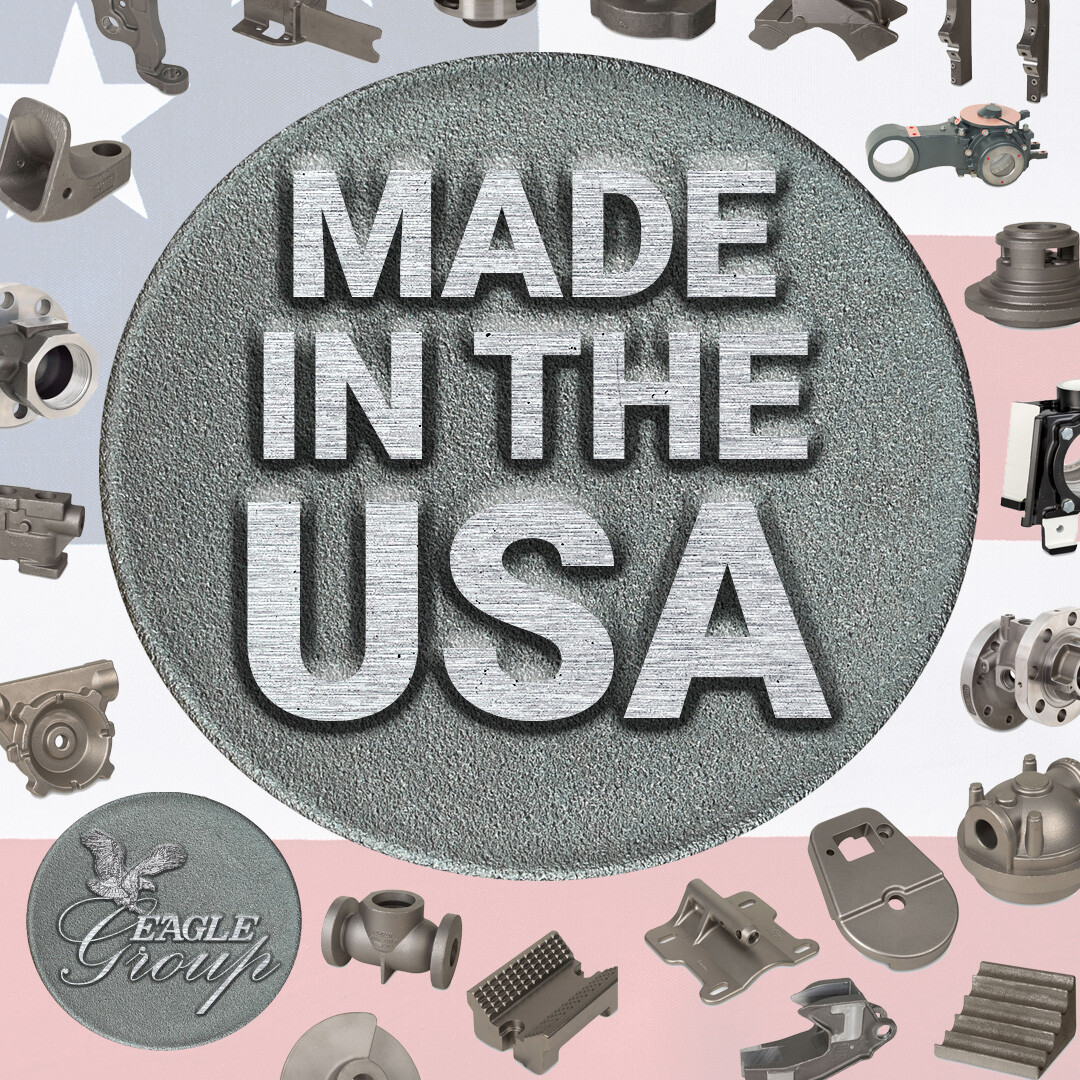5 Ways to Tell if Casting Is the Right Manufacturing Process for Your Products
Modern metal manufacturing offers a wide range of choices to bring designs into reality. Metalcasting has been around for millennia, and it's undergone its fair share of innovation over the years. Casting facilities can now handle almost any alloy, and can cast intricate designs with complex inner cavities that wouldn't have been possible even a few decades ago.
Tags: Metalcasting, Manufacturing, Fabrication to Casting, Fab-Casting
Getting Started with the Eagle Group: What You Need to Know
The Eagle Group is comprised of three companies: a shell molding foundry, an investment casting foundry and a CNC machine house. Together, we're able to manufacture a broad range of metal products from concept to completion.
If you're looking for a new supplier for your raw or machined cast products, the Eagle Group could be the perfect fit. We pride ourselves on customer satisfaction, continuous improvement and outstanding work during all phases of the production process.
Tags: Metalcasting, Manufacturing, Product Design, Development, Capabilities, Product Development
Industrial Valve Types and Applications
Clockwise from top left: Globe valve, butterfly valve, gate valve, ball valve
Valves are employed in just about any situation involving the flow of liquid or gas. A valve controls the flow of water through your kitchen sink. A different valve brings propane gas into the burners of a gas stove. Outside the home, industrial valves are built to handle high pressure, either from fluid or gas, and to last through years of use in harsh environments. Most utilities, from water to oil and gas, wouldn't be able to function without heavy duty, industrial-strength valves.
Because many components of industrial valves are cast, foundries and machine shops like the Eagle Group often supply valve manufacturers with the parts they need to assemble finished products. The following valve types represent the most commonly seen valves for industrial applications around the world.
Tags: Manufacturing, Valves
Infographic: Lean Manufacturing Timeline
The history of lean manufacturing dates back at least to the 1700s, when Eli Whitney developed interchangeable parts in order to deliver a massive order of muskets to the American Army.
It wasn't until 1988 that John Krafcik coined the phrase "lean manufacturing" in his research as an MIT student. For most of the 20th century, lean manufacturing was tied closely to industrial innovations in the United States and Japan. While it wasn't called "lean" for many decades, American and Japanese automakers laid the groundwork for the tools of lean manufacturing that we use today.
New Eagle Group Resource Introduces Aluminum to Manufacturers
Eagle Aluminum Cast Products, Inc. recently published an ebook offering insight into manufacturing with aluminum.
Manufacturing with Aluminum: History, Forming Techniques and Best Practices draws on decades of experience, taking a holistic approach to aluminum manufacturing. Weighing in at just under 25 illustrated pages, the ebook aims to fill a gap between online resources and textbooks. According to Jim Smith, Technical Manager at Eagle Aluminum, “We want to make sure anyone curious about aluminum can get all the basic information they need, without searching all over the Internet or going back to school.”
Tags: Manufacturing, Aluminum Casting, Aluminum, Eagle Aluminum, Press Release, News
5 Lean Manufacturing Tools You Should Already Be Using
Lean Manufacturing principles encourage maximum efficiency for just about any production facility. Lean Manufacturing is also more of a necessity than ever, with cutthroat competition across the manufacturing industry forcing all players to up their efficiency levels.
If you're worried that your company isn't lean enough, take a look at these five tools from the Lean Manufacturing playbook.
Tags: Lean Manufacturing, Manufacturing, Efficiency, Productivity
What Is Lean Manufacturing?
Lean manufacturing helps manufacturers improve efficiency by eliminating waste in the production process, but what exactly is lean manufacturing? Is it a product, a procedure, a religion?
None of the above. Lean manufacturing is an adaptable set of “tools” that can be applied to any system of manufacturing–whether that system produces spring coils, jet engines or blog posts. It starts with identifying waste in a production process, and then focuses on eliminating that waste bit by bit until production is as streamlined and efficient as possible.
Understanding Your Supply Chain
Supply Chain Management (SCM) is becoming more and more important in the manufacturing industry. Businesses around the world are taking a more active approach to supply chain management, resulting in smoother process integration, higher profits and more transparency.
Your supply chain is much more than just where your business sources raw materials, parts or other inputs. It's a long list of interactions, starting before raw material is even removed from the ground, and ending only when the end customer has a product in hand.
If your business is ignoring the supply chain, you could be left in the dark when it comes to supply chain disruptions, leading to unexpected losses.
9 Ways to Improve Manufacturing Efficiency
This article was updated on July 10, 2025.
Efficiency is good for any business. It doesn’t matter if your company is manufacturing or service oriented. Greater process efficiency always offers a wide range of benefits over "business as usual."
On a broad level, manufacturing more efficiently can help cut costs, improve throughput and reduce environmental impact. All of these general benefits lead to additional benefits down the road, from increased sales and quality to improved company image.
Read on for 9 ideas to improve manufacturing efficiency.
Tags: Lean Manufacturing, Processes, Manufacturing, Efficiency
5 Reasons American Manufacturing of Cast Products Can’t Be Replaced
This blog was updated on July 16, 2024.
You might have heard from politicians, journalists and even investors that American manufacturing is on the decline. There have been claims that globalization has weakened domestic manufacturing (1) and that businesses will continue outsourcing to low-cost countries. Some people even go so far as to say that manufacturing jobs won't be an option within a generation or two. But you know what? They’re wrong.
Those who currently work in the American manufacturing industry understand that this outlook—that manufacturing is on the decline—is far from the truth. In reality, an increasing number of American manufacturers are coming back to the U.S. from lower cost countries. They recognize the cost advantages diminish as other risks associated with low-cost countries increase.
Manufacturing in the U.S. reduces risks significantly and is an attractive option for keeping operations domestic, with numbers to back it. The United States currently has a thriving manufacturing sector, with an annual output of more than $4 trillion (2). Manufacturing in the United States is thriving and will be for a long time to come.
Below are five key reasons why American manufacturing of cast products can’t be replaced.






